Israeli ploy to divide PIJ and Hamas in Gaza a grave miscalculation
By Robert Inlakesh
The Israeli regime’s new assassination campaign in the besieged Gaza Strip has essentially sought to isolate the Palestinian Islamic Jihad (PIJ) resistance movement from Hamas, in what Palestinian resistance leaders, across the board, believe is a miscalculation.
The Israeli occupation military carried out a barrage of deadly strikes on the residences of PIJ leaders in the Gaza Strip in the wee hours of Tuesday morning.
The strikes were carried out just after 2:00 AM local time and claimed the lives of Khalil Bahtini, Jihad Ghanem and Tariq Ezz Ad-Din, three senior leaders of the Gaza-based PIJ movement, along with their spouses and children.
The three resistance leaders were reportedly supposed to head to the Egyptian capital Cairo that day to discuss rising tension in the occupied territories and the regime's relentless aggression, due to which PIJ had loosened its state of emergency a day earlier.
On Thursday, two more PIJ officials, part of the al-Quds brigades, were assassinated in Israeli drone strikes, prompting a massive barrage of rockets from Gaza towards Tel Aviv and other occupied areas in retaliation.
According to a PIJ military source, who spoke to the Press TV website on the condition of anonymity, Zionists launched the attack to "save their image" and to "isolate the resistance groups".
"They wanted to see Islamic Jihad isolated from our brothers in Hamas. This has failed and we fight as one force, an attack on one is an attack on all," he said.
Divide and conquer fails
This statement reflects the sentiment of the PIJ leadership too, who view this battle as a means to demonstrate unity among the resistance movements, which has been established through the Joint Room for the resistance factions in Gaza, which rose to prominence during the Battle of Saif al-Quds in May 2021.
Head of the Islamic Jihad's political department, Muhammad al-Hindi asserted that there is political communication at the highest level between the two movements and "attempts to drive wedge will fail".
Hamas has also explicitly said that it is part of the response and its armed wing, the Qassam brigades, is the most powerful force in the Palestinian Joint Room.
The Joint Room also released a statement affirming that the resistance "will remain on all fronts of the homeland as one unit, a sword and a shield for our people, our land, and our sanctities.”
The component of dividing the Palestinian resistance factions has been integral to the Zionist entity’s assassination campaign in Gaza, with the Israeli military warning Hamas to stay out of the confrontation after it carried out its initial strikes.
Yoav Gallant, the Israeli minister of war, stated after the first extrajudicial killings were carried out that “the goals of the operation have been achieved; the leadership of Islamic Jihad in Gaza has been eliminated", without mentioning Hamas.
Calculated response
However, the resistance forces managed to flip the script on their enemy, waiting for over a day before retaliating, despite continued Israeli missile strikes.
The decision to make the Israelis wait for the response caused hysteria, keeping bomb shelters open for settlers throughout occupied Palestine, as they waited for the anticipated response to high-profile assassinations.
Notably, the response of the resistance forces was not anticipated in the way that it happened. Although there were preparations made for rocket fire toward Tel Aviv, many Israeli analysts believed that past strategies of slowly expanding the range of fire would be adopted.
The wait was perhaps the most important component of the initial retaliatory rocket fire, building anticipation and causing bickering amongst Israelis.
Another key component of the Israeli offensive has been the game of political point scoring, claiming imaginary victories and making tall and deceptive statements following the assassination strikes.
Israeli prime minister Benjamin Netanyahu’s far-right coalition partners - Likud and Otzma Yehudit - had been in dispute over what was labeled by Israel’s security minister Itamar Ben Gvir as a “feeble” response to the PIJ rocket fire last week.
Adnan's murder
The rocket fire came as a response from the Joint Room to the custodial murder of Palestinian political icon and PIJ West Bank spokesperson, Khader Adnan, who was allowed to die a slow death inside his cell in an Israeli military prison, denied basic medical aid.
Adnan went on hunger strike for 86 consecutive days and according to the Palestinian Prisoners Society organization his custodial murder came as a result of deliberate medical negligence by prison authorities, therefore making it an assassination, or as one Palestinian group said, "cold-blooded execution".
Before the killing of Adnan, another exchange of fire occurred between the occupation forces and Gaza’s resistance groups during the holy month of Ramadan.
After the Israeli forces stormed the al-Aqsa Mosque compound, attacked worshippers, desecrated the holy site, and arrested and injured over 400 Palestinians, rockets were fired from the Gaza Strip.
The following day, a barrage of rockets also came from southern Lebanon, followed by two batches of rockets fired from Syria into the occupied Golan Heights.
Israeli strikes in Gaza, Lebanon and Syria were lackluster against the backdrop of major threats from the Zionist entity at the time. In both Gaza and Lebanon, Israeli strikes hit open areas of no strategic value, which even made it to social media memes.
Wary of backlash
It is because of the two previous exchanges that the Zionist regime has gone through a process of repeated embarrassments. Its leadership is wary of the political backlash that would come with the outbreak of a real war with all sides, so it settled for a low-scale battle.
In the case of the latest aggression on the besieged Gaza Strip, the PIJ movement has been chosen as what Israel believes to be an easier target, however, as Hamas leader Ismail Haniyeh stated this Tuesday, the regime has "severely miscalculated” and instead of being able to isolate PIJ, they have been dragged into a battle with a unified resistance front this time.
On November 12, 2019, the Zionist regime carried out a brief military operation that targeted only the PIJ movement, assassinating the group commander Baha Abu Atta, which sparked days of fierce fighting.
At that time, Palestinian Islamic Jihad fought separately from Hamas even though the relations between both groups remained friendly, contrary to the hideous Israeli propaganda.
Last year, in August, under former Israeli prime minister, Yair Lapid, the Zionist military launched another military operation to assassinate leading members of PIJ, managing to kill Khaled Mansour and Tayseer Jabaari.
In response, the PIJ movement, as part of the Joint Room, launched "Operation Unity of Squares”, which involved heavy coordination with Hamas throughout.
The aim of dividing the groups failed, yet the Zionist regime managed to keep Hamas from getting involved with full force.
It was using this model that Israeli PM Benjamin Netanyahu launched an attack this time, however, what was planned to be a short assassination campaign failed to isolate the PIJ movement from the other resistance groups and rather unified the resistance front against the occupying entity.
Robert Inlakesh is a journalist, writer and political analyst, who has lived in and reported from the occupied West Bank.
VIDEO | Press TV's news headlines
Iran FM advises adversaries not to repeat past mistakes
VIDEO | The state of conflict in Ukraine
Venezuela protests to UN Security Council over US seizure of oil tanker
Iran reports sharp rise in household gas demand
OIC chief pledges support for Iran, hails Tehran's role in Islamic solidarity
BBC to fight $10bn Trump lawsuit over Panorama speech edit
Israeli prison chief warns of escalation as Palestinians suffer in detention


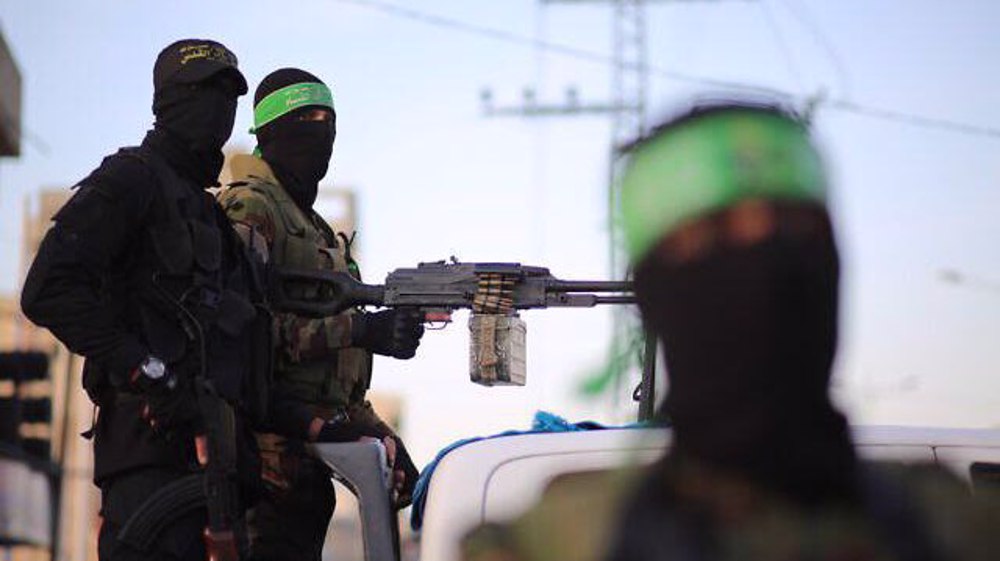

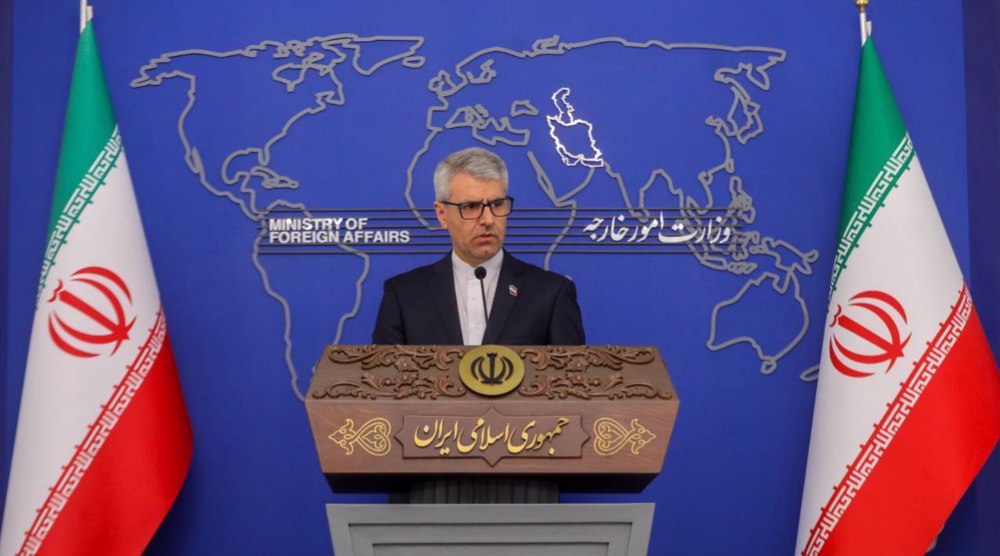
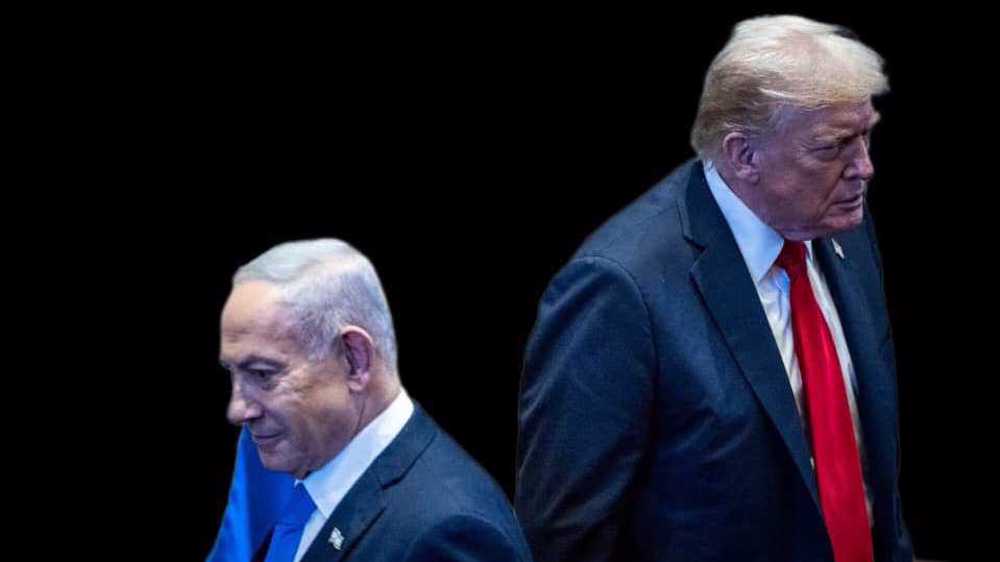



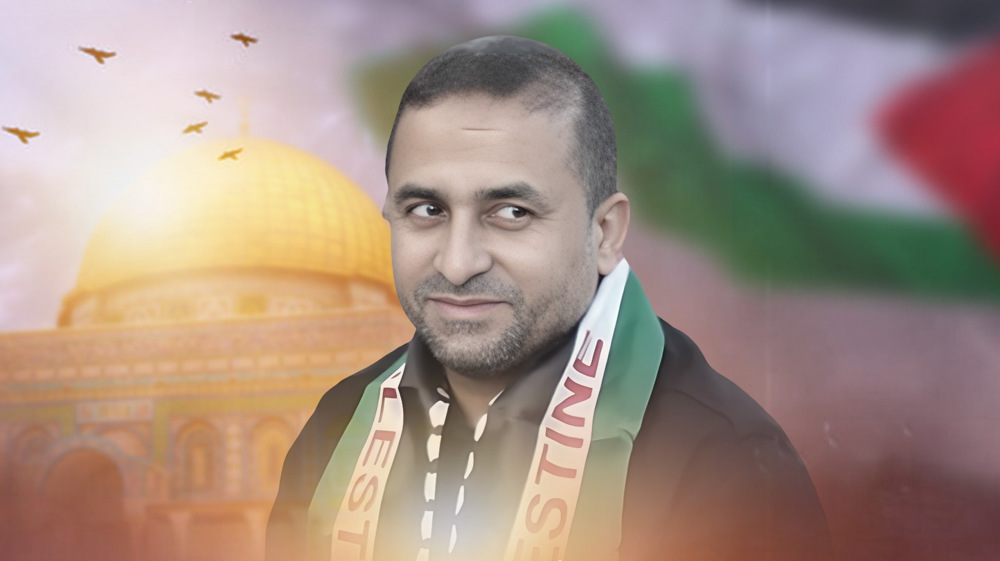
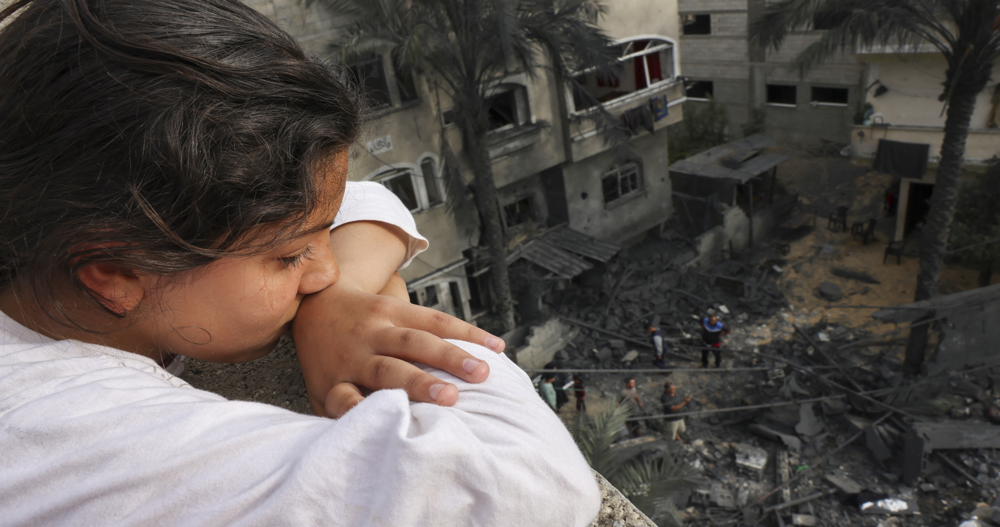
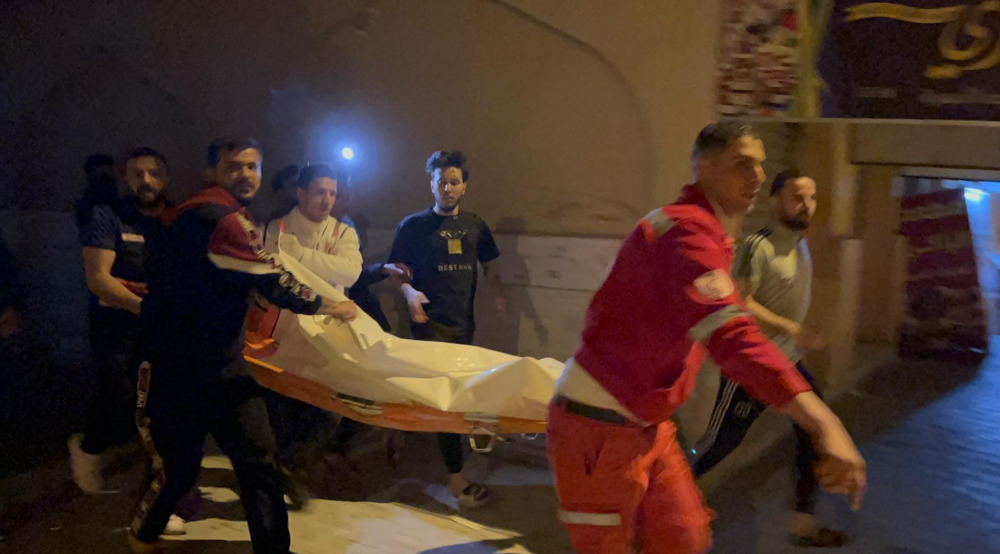
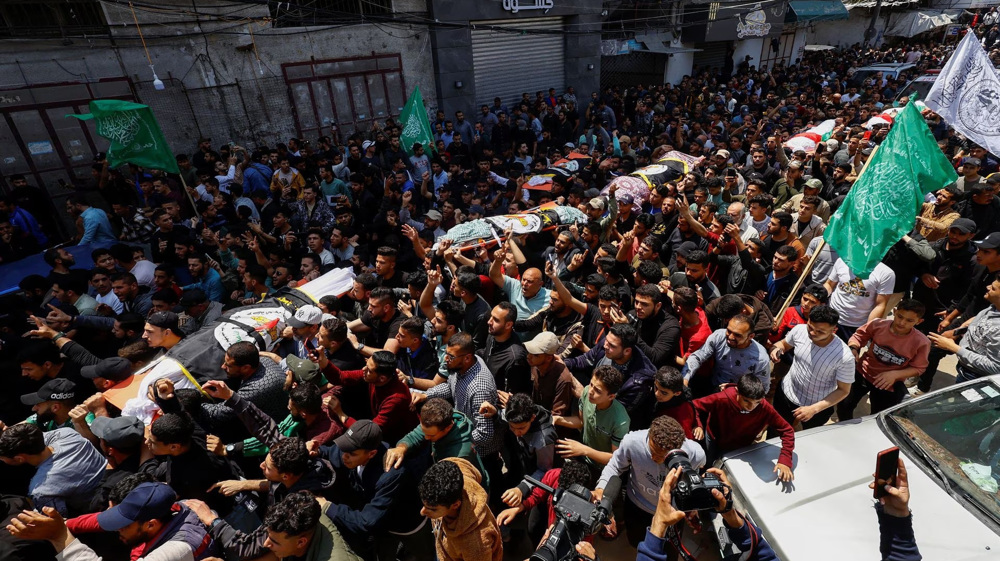

 This makes it easy to access the Press TV website
This makes it easy to access the Press TV website